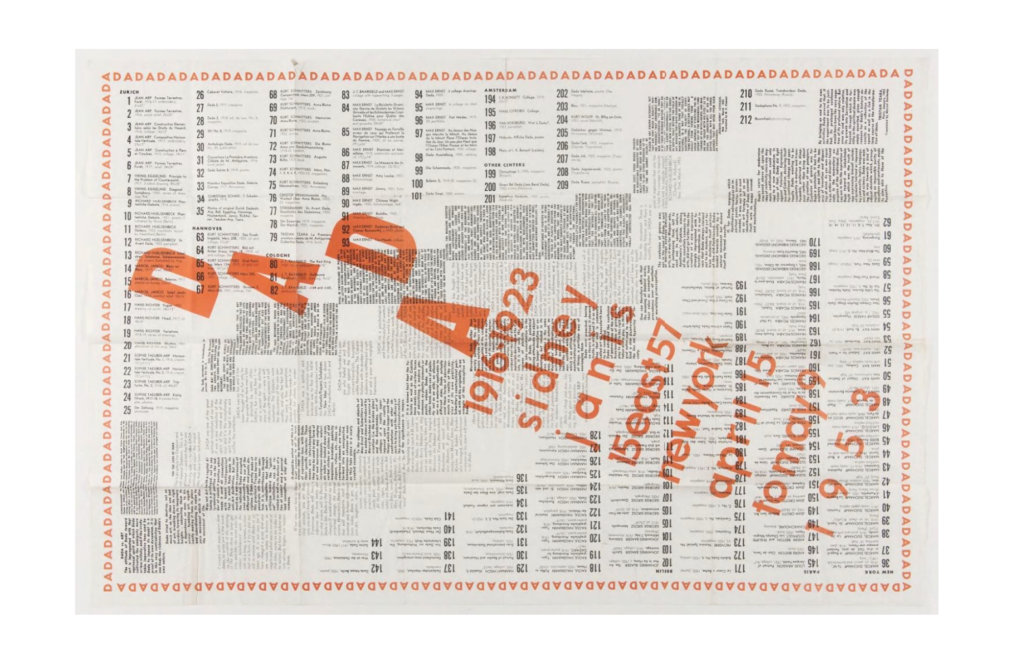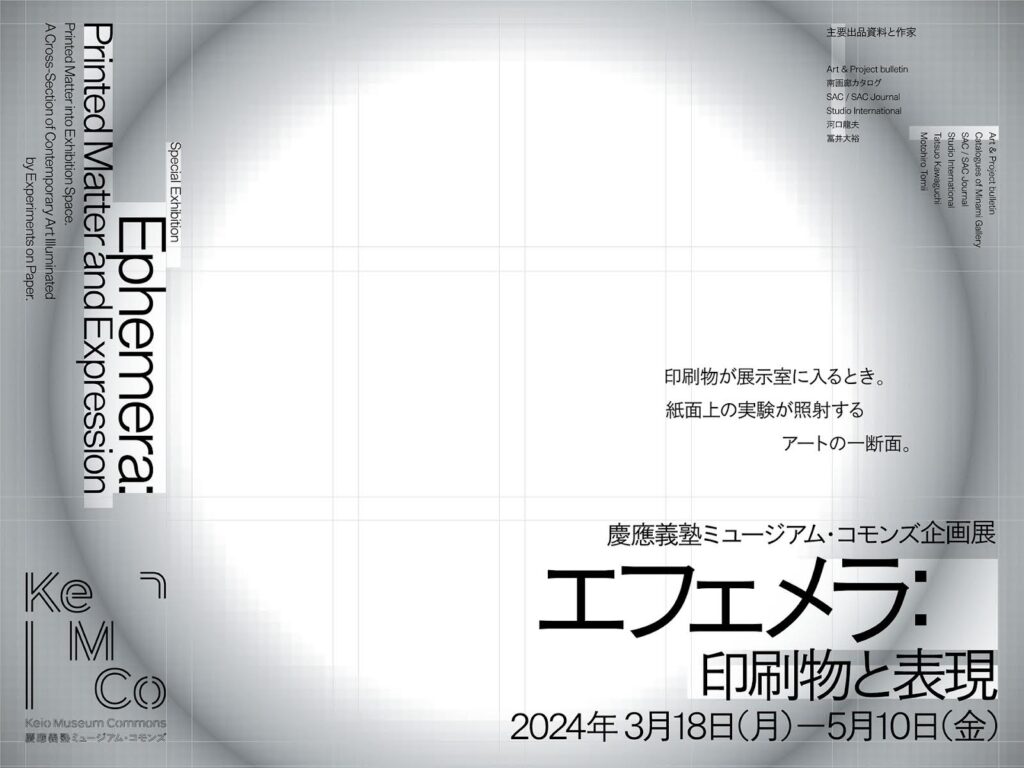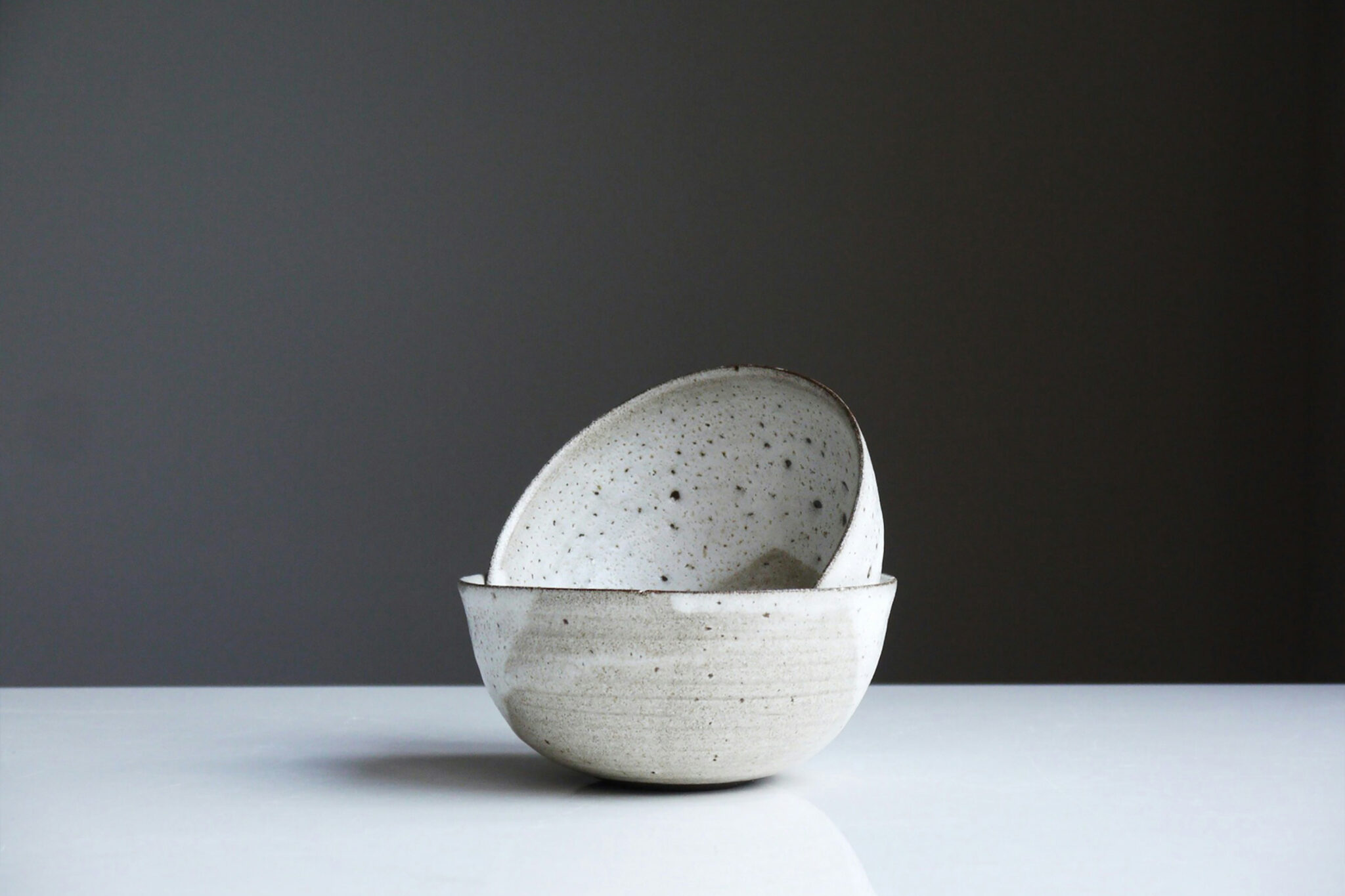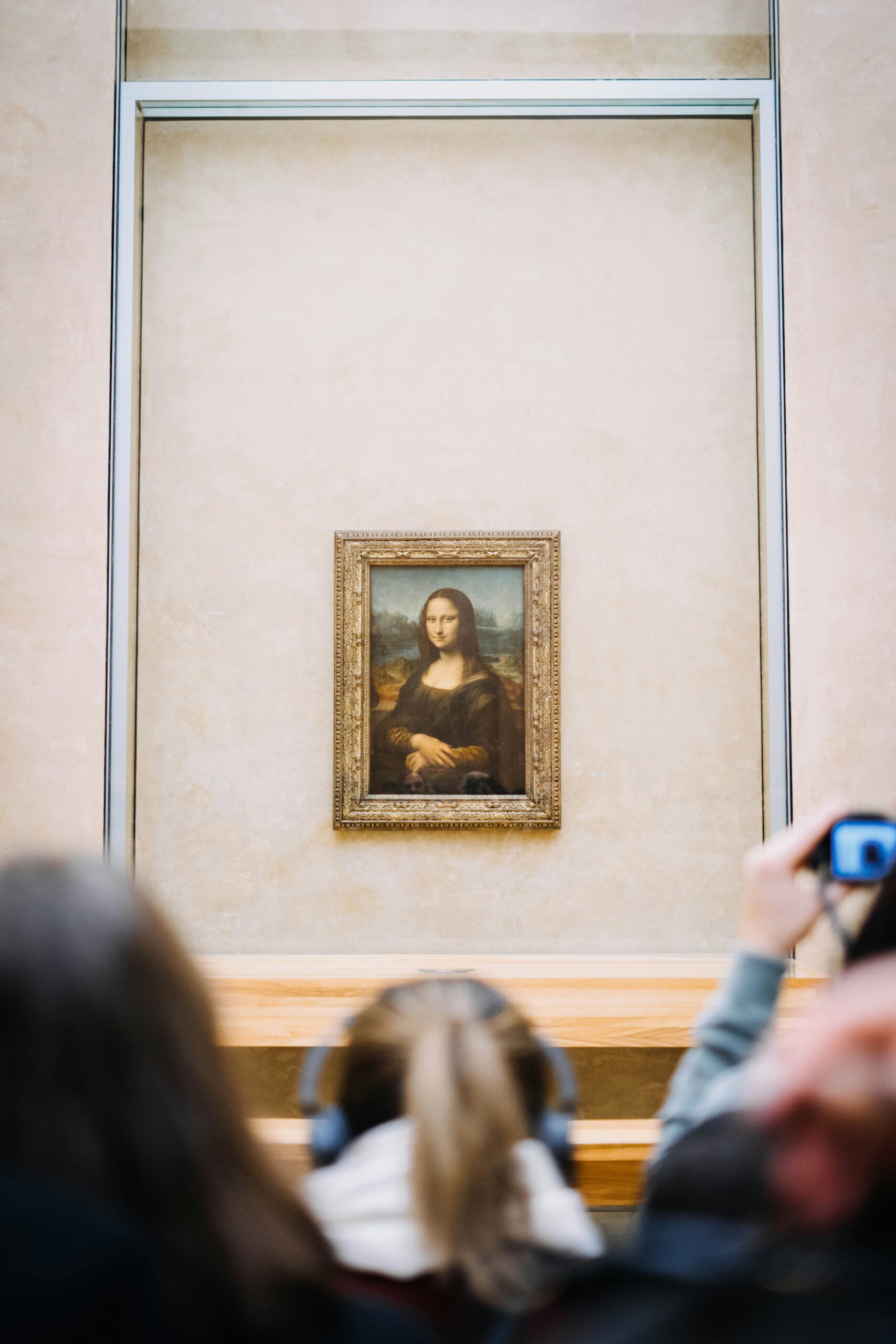What is “Ephemera”?
The term “ephemera” might not ring a bell for many people. Originating from a Greek word meaning “short-lived,” “transitory,” or “fleeting,” in art terminology, ephemera refers to small, mass-produced paper media that were not originally intended for long-term preservation.I first encountered ephemera while researching the art movement known as “Fluxus”, which had sparked my interest, and eventually came across the concept during my exploration.I’ll mention the relationship between ephemera and Fluxus at a later time, but for now, let’s explore the unique charm of ephemera itself.
Many of you have probably had the experience of keeping a well-designed flyer, direct mail (DM), or pamphlet instead of throwing it away. However, the rise of digital technology has led to a decline in the distribution of physical printed media, with platforms like Instagram and websites taking their place. In other words, ephemera can be seen as being in decline.
The origins of ephemera date back much further. In the past, when exhibitions or events were held, artists would create invitations or DMs for close friends, patrons, galleries, and the press. In those days, with limited means for widespread publicity, these items were often the only way for people to learn about an artist or event. As a result, many artists poured their creativity into these designs, effectively making the ephemera the public face of the artist or event.
Ephemera from That Artist
Marcel Duchamp, often considered the forefather of contemporary art, also left behind numerous ephemeral works.
One example is a letterpress-printed exhibition catalog and poster design for a Dada-related exhibition in New York. As you can tell from its folded state, it hasn’t been perfectly preserved. Nevertheless, the graphical arrangement of text and the artwork-like design remain inspiring even today.Furthermore, ephemera vividly captures the spirit of its time. Unlike artworks or books created with long-term existence in mind, ephemera is produced for immediate, sometimes spontaneous, needs and is usually discarded after an exhibition or event ends. This makes it particularly reflective of the artists’ thoughts and emotions at that specific moment. Because they are often produced over short periods, it’s not uncommon to see completely different styles in ephemera created by the same artist at different times. This is one of the aspects that makes ephemera an ongoing fascination to watch.
Let’s Go Discover Japanese Ephemera
A wealth of ephemera can also be found in Japan. From the 1950s to the 1960s, Sogetsu Hall (the art space predecessor to the current Sogetsu Hall in Akasaka, Tokyo), the ultimate of the Sogetsu school of Ikebana (flower arrangement), hosted a variety of events under the direction of Hiroshi Teshigahara, the third headmaster of the school and an artist himself. Sogetsu Hall aimed to be a place where expressions from diverse genres could freely gather, create, present, and critique, and where artists could interact with one another. It adopted a system where artists produced their own works, becoming a hub for Japanese contemporary art. The “Sogetsu Contemporary Series,” in particular, which became a new venue for contemporary music, saw the emergence of many outstanding ephemeral works.

Artist Yoko Ono also presented her work at Sogetsu Hall. A few years after this announcement, she famously got engaged to none other than John Lennon of The Beatles, and, as many of you may know, was swept into a most extraordinary life. In 1962, a recital of Ono’s musical compositions was held, and the flyer created for this event was an irregularly shaped piece that unfolded to over 40 centimeters in length. Besides the clearly organized text, it also had raised designs, showing that care went into making it. At that time, Ono, along with artists like Toshi Ichiyanagi and John Cage, known for his music piece 4′33”, was trying out new kinds of music. This piece of ephemera hinted at that experimentation.In recent years, ephemera has been experiencing a small comeback. For example, a book looking at the ephemera collection of the Kiyosato Museum of Contemporary Art came out. Also, in 2024, the Keio University Art Center and the Japan Cultural Research Institute, both of which have collections of these items, held an exhibition called “Ephemera: Print and Expression.”
Although a vast amount of ephemera exists, much of it remains unexplored. It could potentially become a new realm of artistic creation. Concept art is cool, but checking out ephemera which is packed with the artist’s real-time passion might be surprisingly inspiring!





